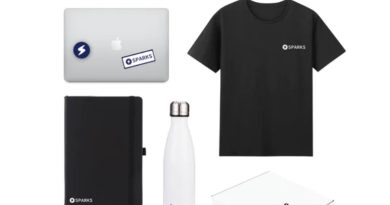Breaking Free from the Paycheck-to-Paycheck Cycle: Strategies for Success
The first step in escaping the Paycheck-to-Paycheck Cycle is understanding your current financial situation and asking yourself the hard questions. “How to stop living paycheck to paycheck?” is a question that many people have asked themselves at one time or another. However, breaking free from this cycle involves more than just wishing for a change. It requires a strategic approach, just like a chess player who plans their moves to win the game.
Contents [hide]
Identifying Your Spending Habits
The first step in this journey is understanding where your money goes. It is just like tracing the route of a river; it helps you identify where the water is flowing and if there are any leaks. Start by tracking your expenses for a month or two. You might be surprised to find that small purchases, such as your daily cup of coffee or weekly magazine, can add up over time. Once you’ve identified these areas, you can change and reduce unnecessary spending.
Creating a Realistic Budget
Once you understand where your money is going, creating a realistic budget is next. A budget is like a road map for your money, guiding you towards your financial goals. It should cover all your expenses, from necessities like rent and groceries to discretionary spending like entertainment. Remember also to include savings and emergency fund contributions in your budget. Living within this budget is crucial for breaking free from the paycheck-to-paycheck cycle.
Paying Down Debts
It can feel like carrying a heavy backpack on a long hike if you’re struggling with debt. Paying down these debts is essential to breaking free from the paycheck-to-paycheck cycle. Start by focusing on high-interest debts, which can drain your finances over time. Additionally, consider seeking professional advice on debt management strategies that may work for you.
Building an Emergency Fund
An emergency fund is like a life jacket; you hope you’ll never need it, but it can be a lifesaver if you do. SoFi professionals say, “Financial experts typically recommend putting at least 3 to 6 months’ worth of expenses stashed away separately in an emergency fund.” Building an emergency fund helps to protect you from these unexpected expenses that could otherwise push you back into the paycheck-to-paycheck cycle. Start small, perhaps with a goal of one month’s expenses, and gradually aim to save enough to cover at least three to six months’ worth of living expenses. The key here is consistency, allowing your savings to grow over time and provide a robust safety net for your financial health.
Developing Additional Income Streams
Finally, consider developing additional income streams. Just like a tree with many branches is more resilient than a single stalk, having multiple sources of income can provide financial stability. This could be a part-time job, freelance work, or even a hobby that you can monetize. The extra income can help boost your savings, pay down debts, and ultimately, help you break free from the paycheck-to-paycheck cycle.
Breaking free from the paycheck-to-paycheck cycle is not an overnight process but a journey that requires commitment, discipline, and strategic planning. By following these strategies, you’ll be well on your way to achieving financial freedom. Just as a caterpillar metamorphoses into a butterfly, you, too, can transform your financial life and fly free from the paycheck-to-paycheck cycle.




